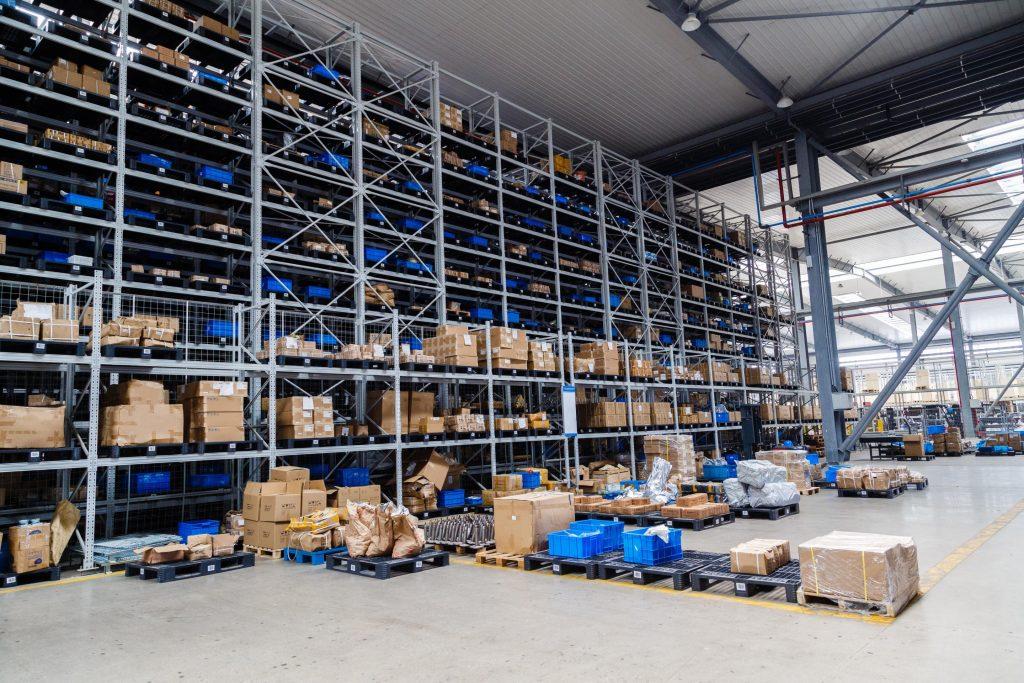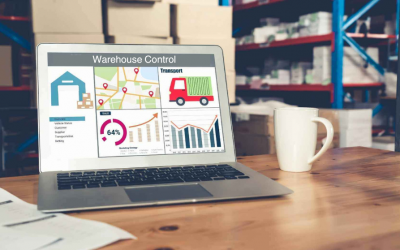The Definitive Guide To 4PL vs 3PL: Supply Chain Management – A Case of 4PL
Understanding the intricacies of the supply chain is often not as straightforward as we would like it to be. However, it remains the most crucial part of your business. Whether you are a small business owner or part of a large corporation, learning about supply chain management and how operations management (logistics) can improve your business is critical to success.
Note to remember:
The supply chain is the lifeline of your business. Logistics is the blueprint of the supply chain.
One of the most challenging decisions a business owner must make is whether to opt for a 3PL (Third-Party Logistics) or 4PL (Fourth-Party Logistics) system, but to make this decision, you will need to have a keen understanding of supply chain through a company’s perspective.
To decode the supply chain, we will first break down what a supply chain is in its essence.
A supply chain is a series of steps in moving a product or service from supplier to customer. The steps include:
- Moving and transforming raw materials into finished products.
- Transporting the products.
- Distributing them to the end-user.
The entities involved in the supply chain include producers, vendors, warehouses, transportation companies, distribution centers, and retailers.
This typically complex network involves varied groups of people, activities, and organizations to guide the flow of products from their point of origin to the point of consumption.

There are various types and forms of Supply Chain, but the most common industry-used practices are 3PL and 4PL. In order to choose one over the other, we will need to understand supply chain using an exemplary case of 3PL vs. a case of 4PL.
3PL (3rd Party Logistics)
- Service that allows you to outsource operational logistics to a third party.
- Specializes in the movement and storage of products or materials from point A to point B.
- Ultimately enables you to focus on other parts of your business.
- It can cover a range of services, including transportation, packaging, and freight forwarding.
To comprehend the concept better, we will use the delivery of eggs from a local farm to grocery store as an example.
In a 3PL model, the enterprise maintains management oversight and outsources transportation and logistics operations to a provider who may subcontract out some or all of the execution. Additional services may be undertaken, such as crating, boxing and packaging to add value to the supply chain. In our farm-to-grocery store example, a 3PL may be responsible for packing the eggs in cartons in addition to moving the eggs from the farm to the grocery store.
4PL (4th Party Logistics)
- Provider of integrated supply chain management solutions.
- Specializes in the fulfillment of all aspects of supply chain logistics.
- It can cover various services, including transportation management, warehousing, distribution management, order fulfillment, reverse logistics management, inventory forecasting, etc.
Running the same case scenario of the farmed eggs in a 4PL model, the enterprise will outsource the management of logistics activities as well as the execution across the supply chain. The 4PL provider typically offers more strategic insight and control over the enterprise’s supply chain. In this case, the 4PL may manage the communication with the farmer to produce more eggs as the grocery store’s inventory decreases.
A Case Made for 4PL
In a world where time has become the most important commodity, the decision to switch your supply chain operations to 4PL seems like a no-brainer. 3PL is a service that simply moves the goods from point A to point B. 4PL is more than that. It is a logistics management service that takes care of the entire process of moving goods from your warehouse to the consumer’s doorstep. Not only does it increase shipping accuracy, but it is also faster and can cost a lot cheaper than the 3PL model. With 4PL you are also more likely to avoid shipment delays or customs dilemmas due to the vast expertise and connections of specialized 4PL companies.
4PL operates like a well-oiled machine; it does not need additional instruction or guidance to perform its job. They operate and execute decisions as an autonomous body for the betterment of your enterprise.
Which Is Best Suited for You?
After understanding how supply chains operate through the perspective of 3PL vs. 4PL, the decision ultimately boils down to a business’s needs.
While a 3PL provider isn’t necessarily better than a 4PL provider, they can often fulfill the same roles and help improve your business processes. 3PL offers a considerably more intimate service and allows the original proprietor to retain control over their logistical operations and services. Whereas 4PL is more advantageous and guarantees efficiency and higher results, the enterprise may incur some loss of operational oversight.
For small to medium-size businesses where personal touch can go a long way, 3PL is the ideal form of perceiving your supply chain. Whereas for a large corporation with expanding operations where continuity and timeliness are key, 4PL is a service you can better rely on.
Bluorbit is a 4PL company that specializes in delivering logistics solutions. We provide product warehousing, third-party logistics (3PL), supply chain consulting, transportation, and distribution services. Bluorbit is a company that helps you to design, implement, manage and control your global supply chain.



